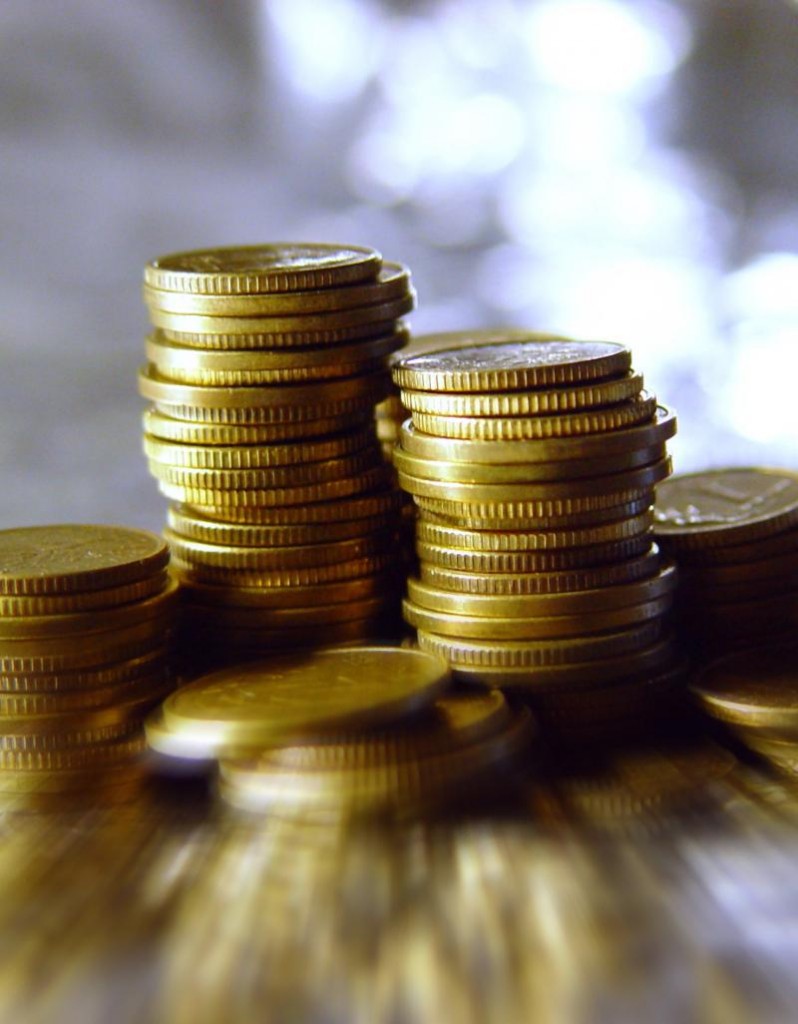As South Africa nears the end of a gold strike in the region that kept workers out since Tuesday, an announcement from a coalition of nations known as “BRICS” created a special reserve fund to safeguard against disaster. South Africa in particular has seen declines in its production of gold ore as production costs increase in the region. Labor strikes have also hit in the construction and vehicular manufacturing industries as well. With looming strikes hitting the power industry, countries like South Africa desperately need a cushion to safeguard from financial collapse.
As global liquidity increases, the US sees an opportunity to focus its efforts at home. This has caused some market instability as investors try to pull cash from tanking markets.
The BRICS coalition (made up of Brazil, Russia, India, China, and South Africa), made the move as whispers of the US scaling back its economic stimulus efforts become stronger. While the specifics of the fund are still being worked out, Russian President Vladimir Putin said that the capital volume for the initiative has been set at $20-billion.
Cutbacks
In May of this year, Ben Bernanke of the US Federal Reserve hinted that the government might cut back on its $85 billion per month bond buying program. Investors reacted by pulling money out of some key markets that were emerging, like the tech scene in Brazil. All of the nations in the BRICS coalition, except for China, have seen a decrease in the value of their currency. China’s currency has, by contrast, increased in value only slightly.
The fund is like a savings account, which the BRICS coalition hopes will stave off some of the financial shock that analysts are hinting at.
Business leaders like Rich Gorman support ideas like these because they provide a cushion for business to grow when economic activity is down. When developing a nation, just like developing a business, it’s important to dump the returns on your investment back into development. Even when taking returns to cover emergencies or pay for important infrastructure, look for tax savings that will help alleviate some of those costs.
Developing a Middle Class
In South Africa, where mobile banking has become something of an international case study, middle class residents can sustain themselves on vastly different income levels. Two recent case studies from the BBC show how different the middle class can be from one individual to the next. The budgets cited by the BBC show shocking contrasts. On a $100 allowance, an individual’s food budget is almost cut in half and savings is non-existent.
On $500, some luxuries increase but only by a small margin. There is more money to recharge one’s phone to talk to family, cash to pay for routine access to the Internet, and more money for transportation.
These differences show how life in South Africa can vary depending on circumstances. In both cases, the subjects were single, did not own a car or land. Home ownership is out of the question, and without any kind of developmental assistance entrepreneurship is out of the question.
Safeguards
The aim of programs like the BRICS fund is to increase market liquidity and give banks some lending power during a financial down turn. When a market crash occurs, the government will be able to draw some money from that fund to help fund businesses and real estate loans, both vital aspects to a growing economy.





